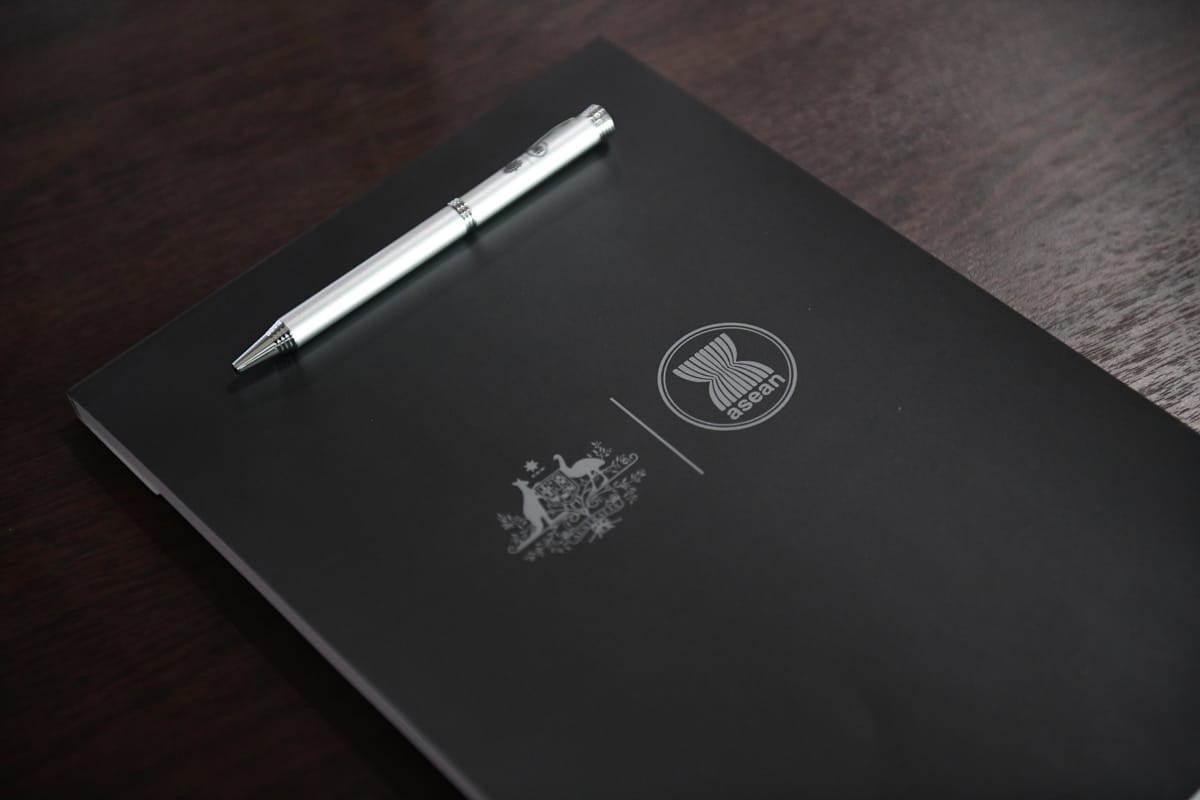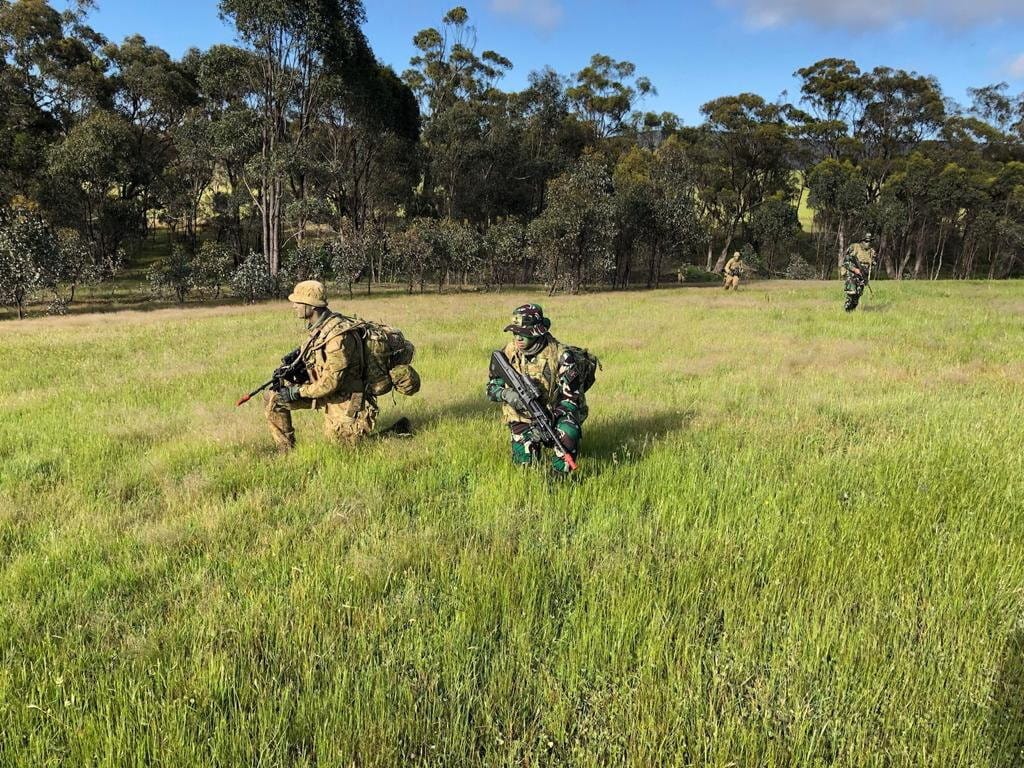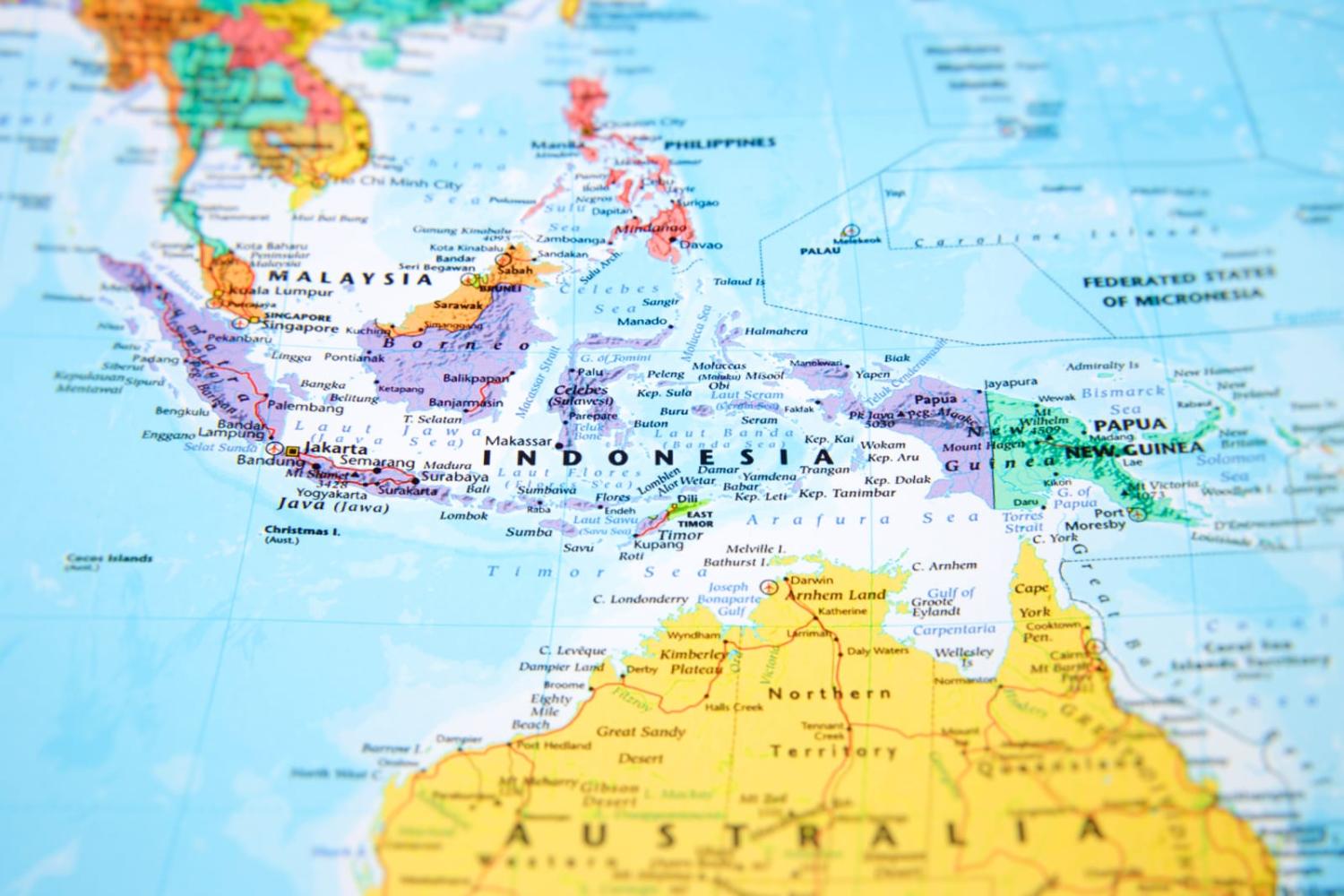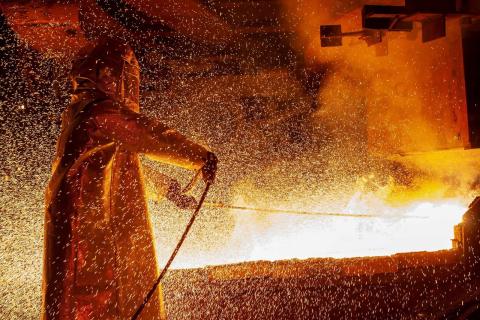Many policymakers tend to ignore the points of fundamental strategic divergence between Indonesia and Australia. Public disagreements – say, over the AUKUS nuclear-powered submarine deal – are seen as a communication problem. But it would be healthier for officials from both countries to embrace and work with key strategic divergences.
First, Indonesia is unlikely to view the United States as a benevolent provider of regional security in the way Australia does. Indonesia’s troubled past with the United States – and its geo-strategic vulnerability and domestic fragility – means that Jakarta will from time to time view the United States as another interventionist great power. Senior policymakers still recite how the United States kicked Indonesia while it was down during the Asian financial crisis, or how the disastrous Iraq War and the non-ratification of the UN Convention of the Law of the Sea undermined the rules-based order.
Defence policymakers privately cite instances where the United States was seen as intruding into Indonesian airspace as one of the rationales for Indonesian defence modernisation. The prospect in 2019 of the US sanctioning Indonesia under the Countering America’s Adversaries Through Sanctions Act (CAATSA) as the country was finalising its purchase of Russian arms brought back the bitter experience of the US military embargo in the 1990s and 2000s. Cold War memories, of US support for regional rebels in the 1950s, have not faded either.
Despite this history, Indonesia-US defence ties remain strong. In the past two decades, more than 7,300 Indonesian students trained in some 200 different US military education and training programs. Indonesia has held more than 100 major military exercises with the United States and imported close to $1 billion in arms and equipment.
But stronger defence ties do not necessarily correspond or lead to “further alignment”, as was implied in a meeting between the US and Indonesian defence ministers late last year. Defence cooperation with the United States may fulfil specific needs – from professional readiness to modern arms – but Jakarta does not always see American military presence as a net positive, nor will it accept that its security can only be guaranteed by it.
Australia, meanwhile, is doubling down on its American alliance. Given its geography and history, Australia is unlikely to handle its strategic vulnerabilities without a strong ally like the United States. Yet as an ally, Australia would have to carry water for America’s agenda, whether joining its ill-advised wars or hosting its forces and assets. The myth of Australia as the “deputy sheriff” has enduring resonance in Indonesia because of a persistent perception that Australia is simply an extension of the US in the region.
Australia’s dilemma then, is not just being caught between the United States and China, but at times, between the United States and Indonesia. The more the Australia weds itself strategically to the United States, the more entrenched its strategic divergence with Indonesia could be.
Indonesia is unlikely to see China the way Australia does. China is certainly a long-term strategic challenge and one of the most polarising foreign policy questions in Indonesia today. But given Indonesia’s own bloody anti-communist past, bilateral historical acrimony, domestic political sensitivities, and elite-led economic interdependence, there isn’t going to be a consensus that China is an existential threat.

The Association of Southeast Asian Nations was supposed to be one possible answer to this dilemma. Instead, it has become a second strategic divergence with the arrival of US-anchored minilateral groupings such as the Quad and AUKUS as a response to China’s push for regional hegemony.
During the Cold War, Australia may have seen Southeast Asian multilateralism as one way to anchor the United States to the region. Since then, ASEAN has become an important pathway to anchor Australia in Southeast Asia and the broader region. But ASEAN is not going to be the antidote to Australia’s strategic anxieties over China today. The group’s internal divisions and inability to manage great power politics or major problems such as the South China Sea means that Canberra policymakers see a strong US military presence as a preferable option.
For Indonesia, ASEAN is more than second-best. From an initial “self-binding” exercise following the disastrous Konfrontasi years to restore the stability necessary for economic growth, ASEAN became a strategic buffer during the Cold War. Since then, ASEAN has evolved into Indonesia’s panacea for most of its foreign policy challenges, from Indo-Pacific security, the US-China competition, to the South China Sea or Taiwan. The group has even turned into the country’s “golden cage”, argues Indonesian strategic thinker Rizal Sukma.
While both Australia and Indonesia preach ASEAN centrality, ASEAN is more central for one than the other. This is the context through which we should understand the concern over whether new minilateralism will side-line ASEAN. To be clear, ASEAN members have had their own security minilaterals, such as the Malacca Straits Patrol or the Sulu Sea Trilateral Security Cooperation. But these arrangements where each have equal veto power came from and further strengthened ASEAN-led mechanisms.
For Indonesia, US-anchored minilateral groupings are seen as exclusionary and highlighting power imbalances. They amplify the security goods provision by non-ASEAN alternatives; given the strategic resource constraints, regional countries will put more energy on some institutions and not others. In other words, Indonesia sees a contradiction in the public rhetoric about ASEAN centrality when investments and commitments are going to non-ASEAN mechanisms.

The final set of divergence is paradoxically perhaps the most successful part of bilateral relations – defence cooperation. Indonesia-Australia defence ties today are perhaps at their strongest in more than a decade. Despite occasional hiccups, the post-Lombok Treaty dynamic has grown from strength to strength, from personnel exchanges to major exercises and arms transfer. Indonesia and Australia are even upgrading their Defence Cooperation Arrangement.
The risk is that Australia wrongly interprets strong defence ties as meaning that its strategic outlook will converge with Indonesia’s. Some Australian officials may believe that Jakarta and Canberra view China in the same way, that the Five Power Defence Arrangement and the US military presence are seen as a net positive, or that the Indonesian defence establishment no longer hold grudges over the 1999 independence of East Timor. These are at best untested assumptions.
Defence ties rest heavily on education and training exchanges as well joint exercises, rather than arms sales or collaboration, let alone joint war-fighting or operational history. With such personnel-centric defence engagements, Australia seeks better understanding, closer ties, and presumably stronger influence within the Indonesian defence establishment.
Indonesia needs the engagement activities and programs to improve its own readiness and professionalism, especially given its under-resourced educational, exercise, and training infrastructure. In some cases, such as during the US military education embargo in the 1990s and 2000s, Indonesian defence officials also saw Australian programs as both a necessary stopgap and a way to back-channel some messages to the United States.
But in general, Indonesia-Australia defence ties are unproven. In the event of a war, say over Taiwan, is Australia expecting Indonesia to do nothing or even facilitate its assets including nuclear-powered subs to go through Indonesian waters on their way to the first island chain? What if China seeks to prevent that? If Papua becomes another East Timor-level fiasco, will Australia be ready to do nothing and support Indonesia no matter what?
Flushed with optimism, defence policymakers and analysts may have yet to seriously debate these questions. Not to mention the fact that the Indonesian military today is not as influential in strategic policymaking as it was during the New Order years under Suharto. Bottom line, defence ties cannot provide the strategic ballast many assume.

